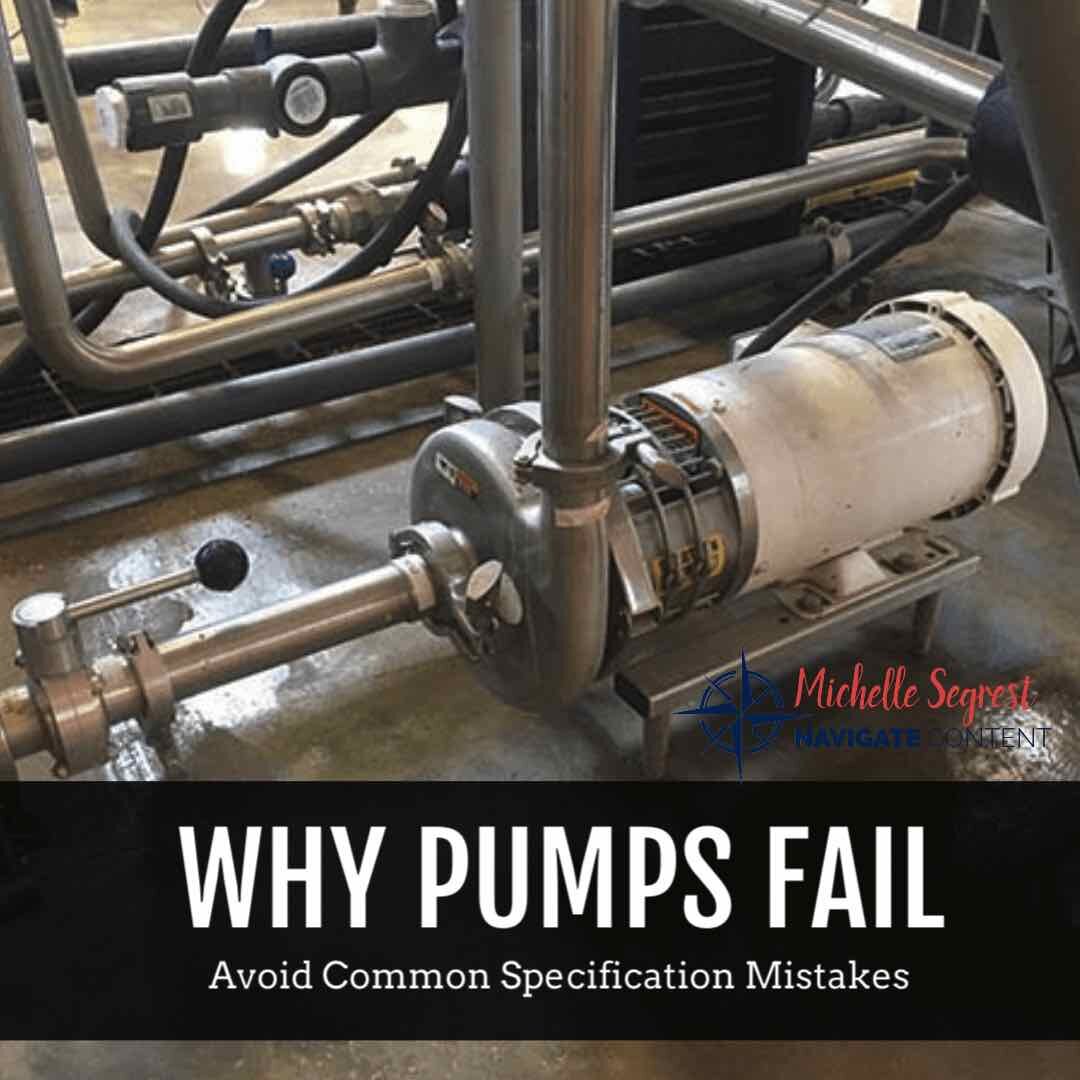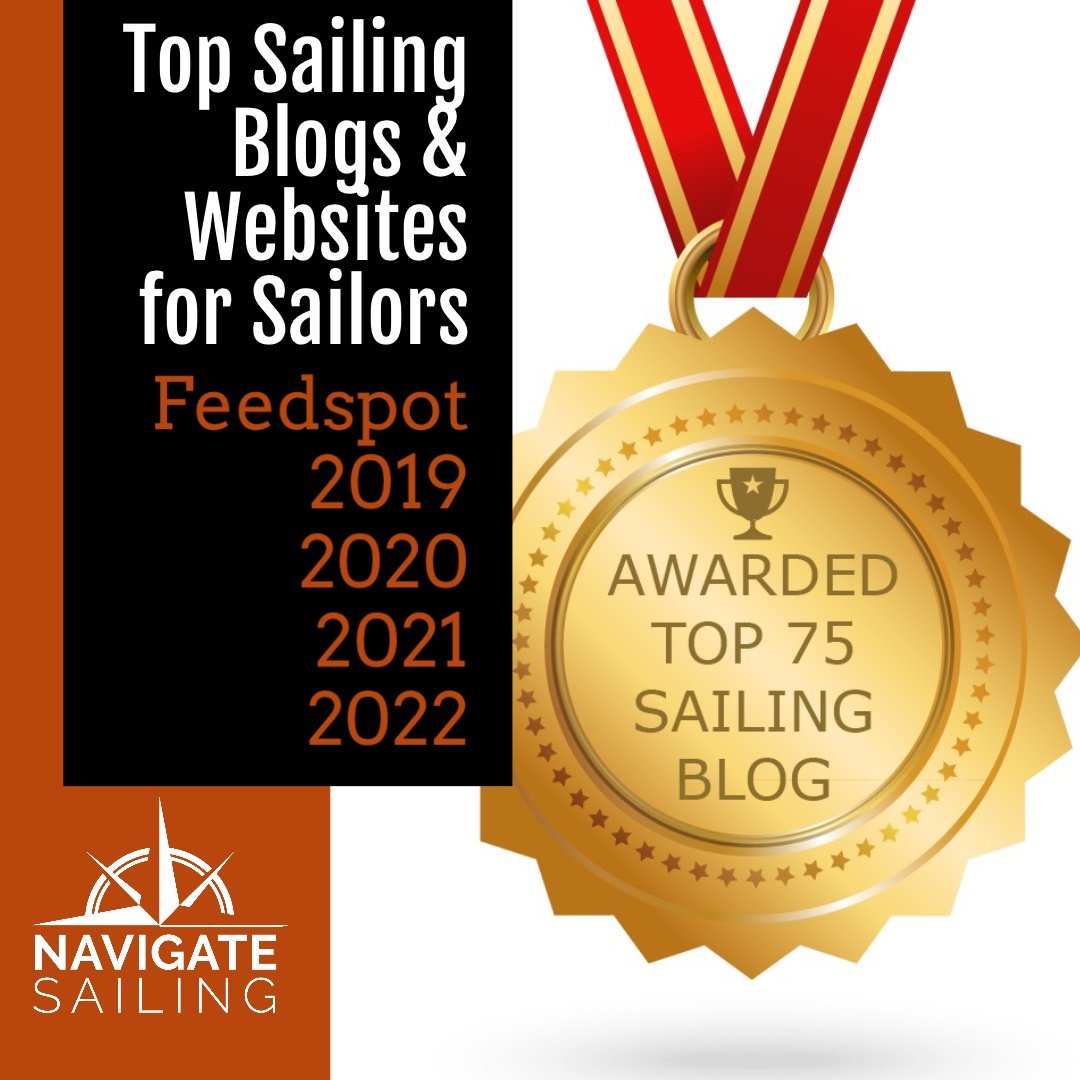Why Case Studies are the Game Changers of Content Marketing
/Content comes in all shapes, sizes, and formats and this article focuses on how case studies are the game changers when it comes to leveraging content marketing to get a quick return on investment when marketing your technical or engineering products.
By Michelle Segrest, Navigate Content Marketing
Once you make the decision to use content marketing as part of your overall marketing strategy, the hardest part is over. Then you can focus on the details.
Here are a few basic tips to help you get started with content marketing:
Identify and understand your audience. Who do you want to reach? What are their pain points?
Understand the difference between content marketing and advertising.
Develop an overall content marketing strategy, but start small and with specific, focused platforms and messages. Don’t overwhelm yourself. Develop consistency and find a way to grow slowly but consistently. However, be sure to think about how content marketing will dovetail with your overall marketing funnel and subscriber base, if the company has one.
Research your competitors and try to identify what is working for them and what will work for you.
Create an editorial calendar that will keep you on track and help to enforce consistency.
Set easy goals that can provide you with some early success. Then set more lofty goals as the content marketing becomes more natural.
Experiment with different kinds of content and social media posts. Try product-specific posts and problem-solving posts, videos, images, etc., and measure the level of engagement that each creates. You will quickly be able to identify the preferences and behaviors of your audience based on the type of content they want to consume.
What’s the Best Way to Leverage Content Marketing?
If you read my blog “What is Content Marketing? How to Sell it to Management,” or our book, How to Creatively Market a Technical Product, then you understand the basic concept of content marketing, how to sell the idea to management, how to build your audience, and how to get started. Now, it’s time to begin creating the content.
Content comes in all shapes and sizes. The type of content you create can be as simple as a quick 280-character tweet, as complex as an in-depth technical white paper, or as creative as a how-to video or slideshow with stunning images.
Simply put, content is information. It’s a message that you share with your audience, and it can be delivered in countless ways.
What you create, how much you create, and how you leverage it will depend on your content strategy, which we discuss in depth in Chapter 6 of How to Creatively Market a Technical Product. But for now, let’s look at what I consider to be the top game changers when it comes to leveraging content marketing.
Using Case Studies to Leverage Quick ROI from Content Marketing
Using technology to solve problems is a primary target for manufacturers and solution providers—and we all have an important story to tell. A case study is a powerful tool that helps you describe how you were able to achieve this success.
According to Wikipedia, a case study is a research method involving an up-close, in-depth, and detailed examination of a subject of study, as well as its related contextual conditions. But we don’t like that definition.
For the purpose of creatively marketing a technical product, our definition of a case study is simply a story that shows how technology solved a problem in a specific application.
A case study can be in written form, it can be a video, it can be a slideshow, or it can even be a lengthy social media post. The primary common denominator is that it needs to tell a story about a real-world application, and it should have a beginning, a middle, and an end.
An effective case study should follow a chronological order. It should describe the problem and then describe in technical detail the technology used and efforts made to solve the problem. It should also show tangible results.
Case studies demonstrate your technical product in action. This kind of story creates impact by describing a very specific application problem and then showing how your product solved that problem.
Without looking or feeling like an advertisement, a case study describes in detail how the technology works. It shows the advantages and benefits of the product, and it demonstrates the proven benefits in a real-world application.
The purpose of a case study is to “tell” not “sell.” However, in the end, it’s possibly the most powerful tool you can use to sell your technical product directly to your target audience.
I have created a fantastic tool that you can use to develop a case study and/or a technical article. With great detail, it asks very specific questions in a strategic order.
By having an onsite engineer or product designer answer these questions, a publishable and effective case study can be carefully crafted and easily drafted.
Of course, we recommend using a professional and experienced content creator to skillfully develop the story for you, but this tool can get you started in the right direction. Readers of How to Creatively Market a Technical Product can get this tool for free!
This is the general outline for organizing and developing an effective case study:
Create an intriguing introduction that briefly describes the problem and the solution.
Describe the history of the application.
Describe the problem in detail.
Describe the solution in detail.
Describe how the technology works in detail, including product benefits and advantages.
Write a conclusion that reinforces how the technology solved the problem.
In Chapter 6 of How to Creatively Market a Technical Product we show you precisely how to incorporate case studies and other content into your specific content strategy. We also show you how to creatively repurpose it to use on a variety of platforms.
Here are just a few strong examples of written case studies that we have developed for clients. As you will see, sometimes the content creator holds the byline. But often, your content creator can ghost write the case study and put your company’s expert’s name as the author. Most of these articles were written by the same content creator but for different clients.
Deep Tunnel Super Pumps: Pushed to the Edge
Centri-Frugal: Centrifuge System Decreases Manpower, Increases Sludge Quality
Automation Accelerates Beer Production
Dredge Pump Maximizes Barge Offloading Capacity
Pumps Used for Hurricane Recovery
Technical Articles & White Papers Can Also Help Leverage Content Marketing
Describing how a particular piece of equipment works and how it can benefit end users can be a useful and powerful tool to promote your products in trade publications, on websites, for sales materials, and in technical journals.
Technical articles and white papers are similar to case studies, but with obvious differences. While a case study is generally 1,500 to 2,000 words in length, technical articles and white papers are much longer—sometimes more than 10,000 words.
Length is not the only distinction. Technical articles and white papers generally don’t tell a story about a specific application. Instead, they dive deeper into the technical specifications of the product, precise design, and much more detail about how the product works. Technical articles and white papers generally include technical drawings and graphics describing all the features and functions of the product.
An effective technical article has an appropriate balance of specific engineering details and general application uses. Technical articles can be a helpful tool for your sales force to effectively describe how your equipment works. These articles can also influence end users by demonstrating that your products can help them solve problems in the field.
Technical articles and white papers are often published more in academic journals, whereas case studies tend to be published in professional trade journals and trade magazines or on a manufacturer’s website.
Many companies create this kind of content specifically for target customers who have a deeper understanding of engineering and design. The language is often more technical, whereas a case study’s mission is to tell a particular story.
These are excellent examples of detailed white papers.
Properties of Decanter Centrifuges in the Mining Industry
How Visual Alarm Devices Enable Effective Livesaving Evacuation
Learn how to leverage other types of content like customer testimonials, blogging, videos, podcasts, and webcasts, by reading our book How to Creatively Market a Technical Product.
If you like this article about leveraging Case Studies for Content Marketing, please PIN IT!
This page contains affiliate links. If you click on the product links and make a purchase, it allows me to make a small commission at no extra cost to you! Thank you for your support and I hope you find value in this content!




























